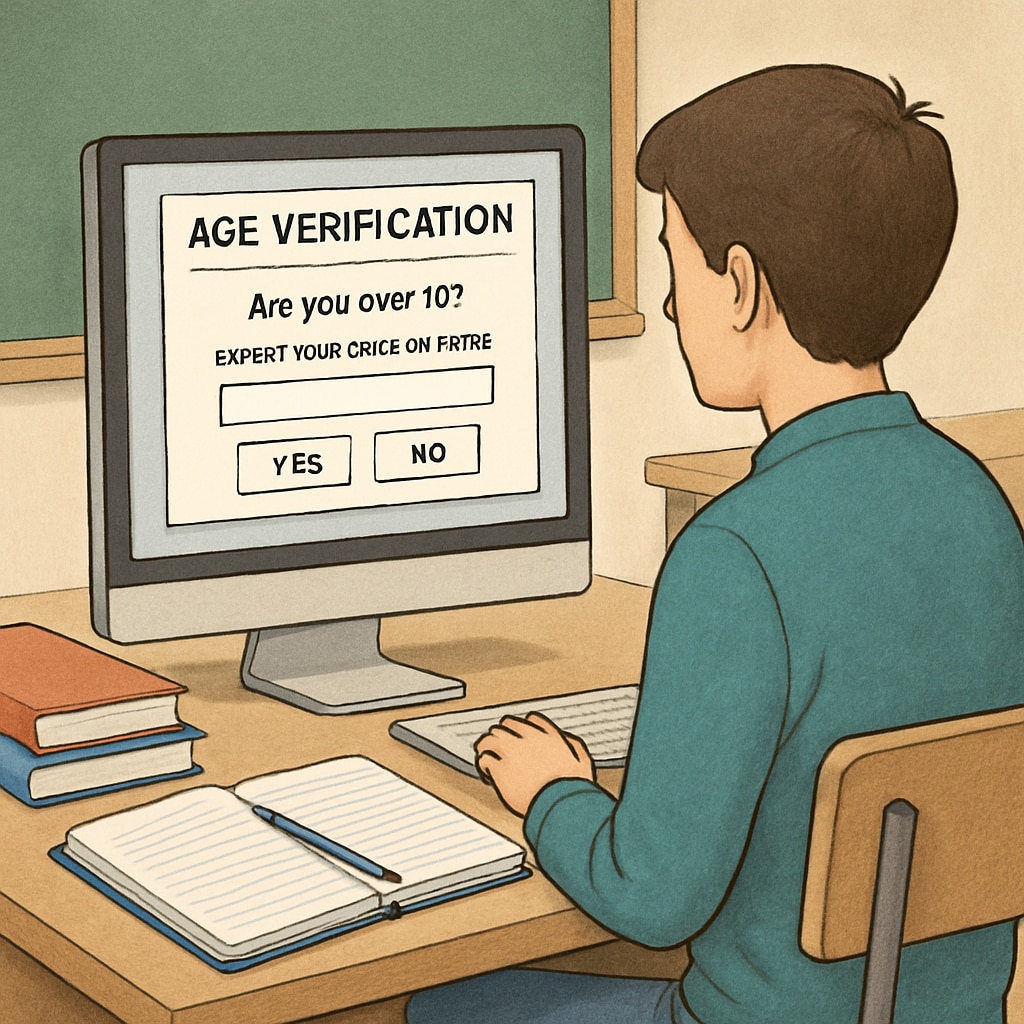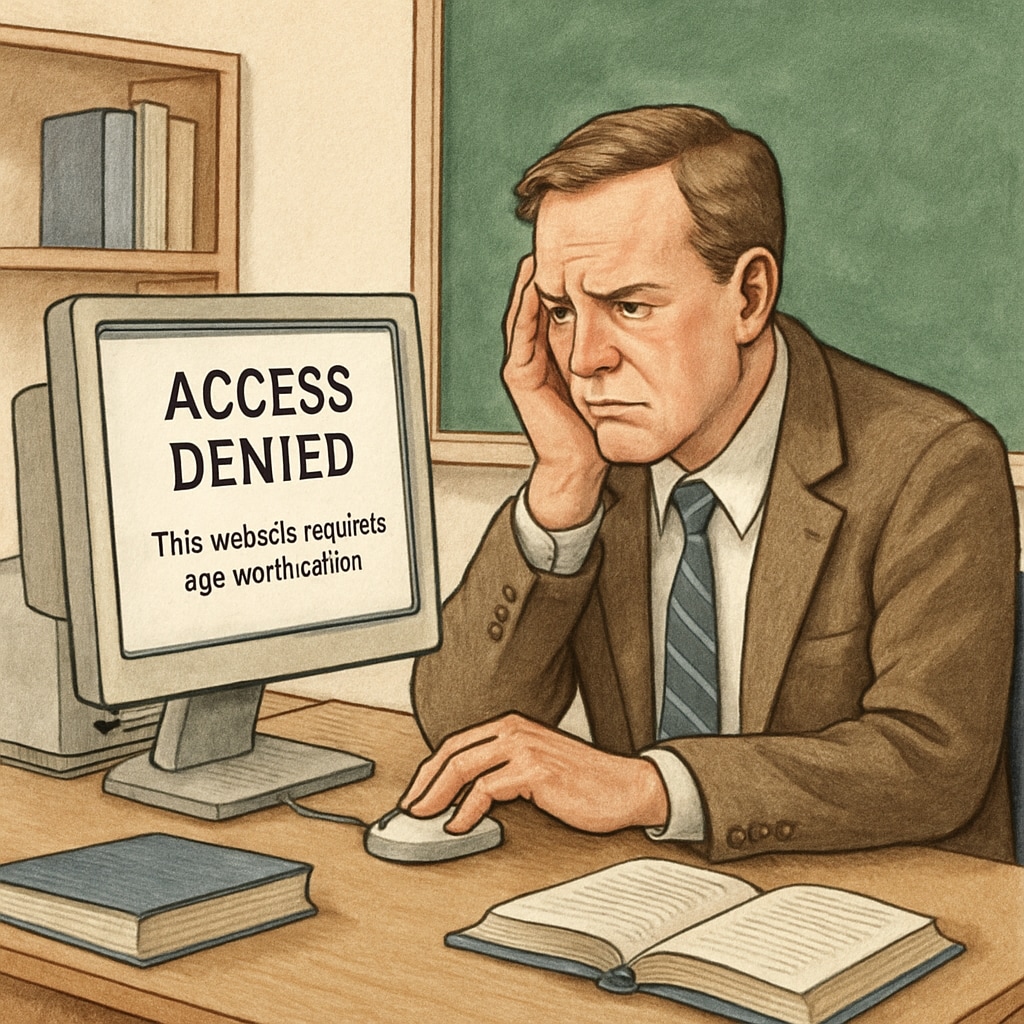With the increasing implementation of age verification laws across the United States, concerns about online content oversight have taken center stage. While these laws aim to safeguard minors by restricting access to inappropriate materials, they also pose significant challenges for K-12 students and educators. The intersection of age verification, website regulation, and content review may inadvertently hinder access to vital educational resources, raising questions about the balance between protection and accessibility.
Understanding the Purpose of Age Verification Laws
Age verification laws are designed to shield minors from harmful or inappropriate online content. These regulations often require websites to implement strict verification protocols to confirm a user’s age before granting access to certain materials. For example, platforms hosting content on sensitive topics such as sexual education or mental health may now require users to provide government-issued IDs or other forms of proof to proceed.

While this approach aligns with the goal of creating a safer digital environment, it also imposes limitations on websites that serve educational purposes. For instance, platforms offering science-based sex education or resources on substance abuse prevention may fall under scrutiny, even though their content is tailored to inform and educate rather than harm.
Unintended Consequences for K-12 Education
For K-12 students, the impact of these regulations is multifaceted. Many rely on the internet to access free, high-quality learning materials, especially in underfunded school districts. However, age verification laws may restrict access to websites discussing topics deemed “sensitive” under these new frameworks.
Consider the following consequences:
- Barriers to Learning: Websites with information on biology, health, or history may implement verification walls, creating hurdles for students without proper identification or parental assistance.
- Disparities in Access: Economically disadvantaged students, who may lack access to parental IDs or digital tools, are disproportionately affected.
- Teacher Burden: Educators must spend additional time curating offline materials or navigating complex systems to ensure compliance with regulations.
For example, a teacher planning a lesson on reproductive health could face difficulties recommending reputable online resources if students cannot access them due to age-related restrictions. This issue highlights the tension between protecting minors and ensuring they are well-informed.

Potential Solutions for Balancing Protection and Access
To address these challenges, states and educational institutions must work together to develop solutions that safeguard minors without restricting their right to learn. Some potential approaches include:
- Educational Exemptions: Create exemptions for verified educational platforms, ensuring they remain accessible to K-12 users while adhering to broader regulatory guidelines.
- Parental and School Support: Encourage collaboration between schools and parents to streamline the verification process and provide students with alternative access methods.
- Technical Innovations: Develop age-friendly verification technologies that are less intrusive and do not require sensitive personal information.
In addition, policymakers must engage with educators and digital rights advocates to ensure that regulations are both effective and equitable. This collaboration is essential to avoid placing an undue burden on students and teachers while maintaining the integrity of the educational process.
The Path Forward
The debate around age verification laws highlights a critical crossroads in the digital age. While the intent behind these regulations is commendable, their implementation must account for the diverse needs of K-12 students and educators. By prioritizing accessibility alongside safety, lawmakers can pave the way for a more inclusive digital environment that empowers young learners.
As we navigate this complex issue, it is vital to remember that education is a cornerstone of societal progress. Restricting access to knowledge, even unintentionally, poses risks that extend far beyond the classroom. Thoughtful policy design and stakeholder collaboration are key to ensuring that the next generation can thrive in an increasingly interconnected world.
Readability guidance: This article uses short paragraphs, lists, and transitional phrases to enhance readability. The passive voice and long sentences have been minimized to maintain clarity and engagement.


